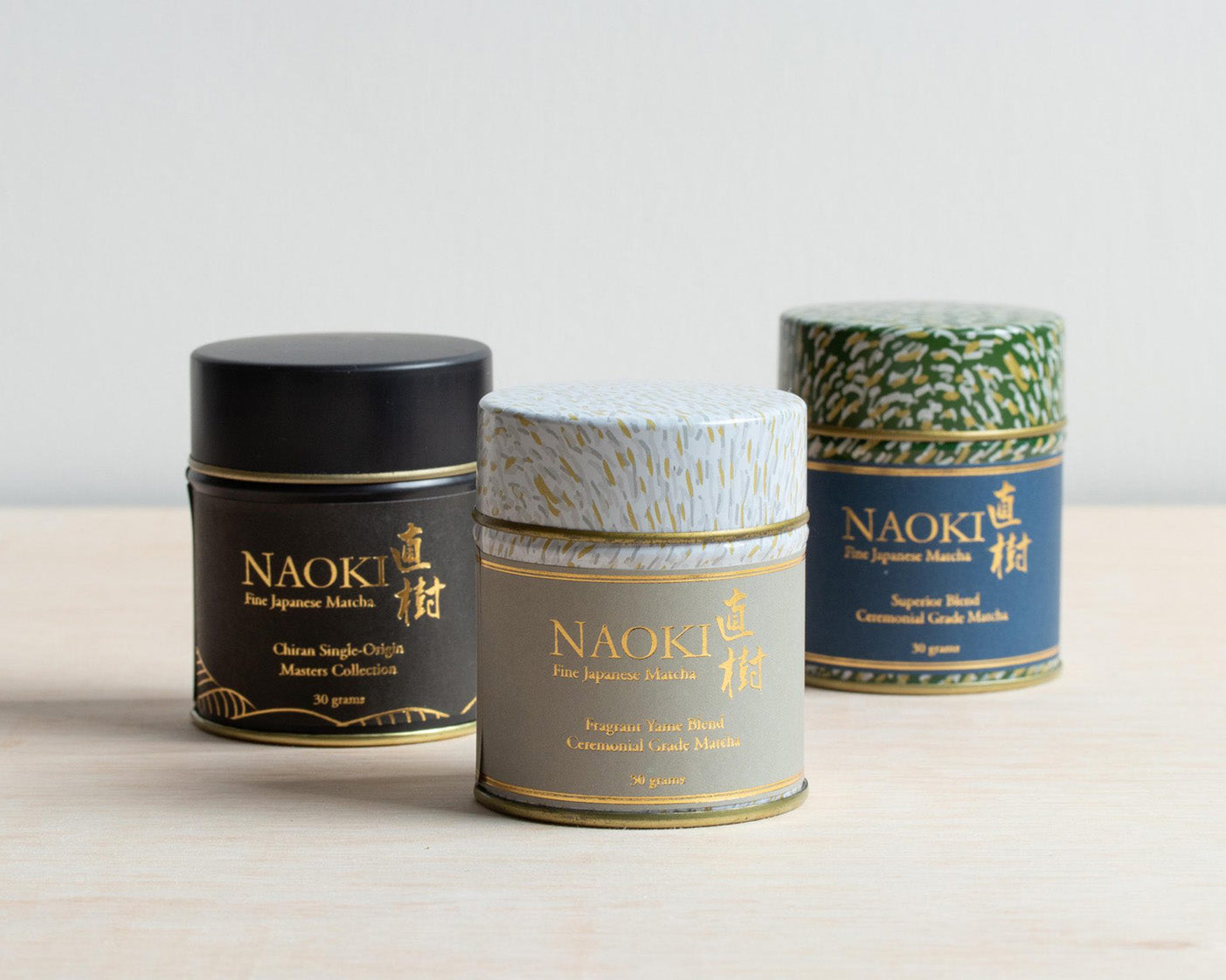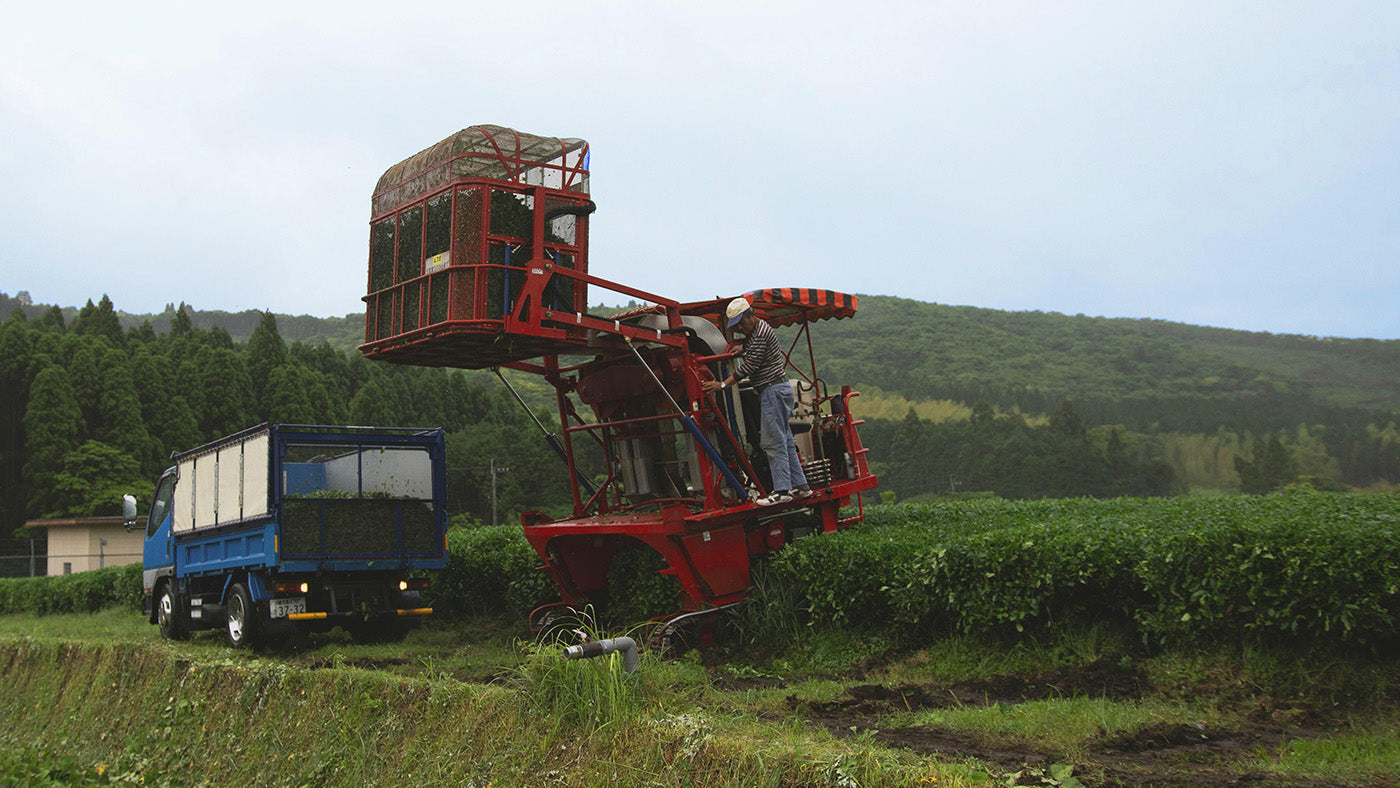A guide on how to make hojicha latte

If you’re looking for something different than your usual tea that yields a mild grassy note, the Hojicha roasted green tea is one to not give a miss. What makes Hojicha green tea unique lies in its woody, aromatic scent and nutty flavour. The taste of Hojicha is often comparable to coffee, which makes it a great fit for lattes!

Pairing Hojicha with your favorite milk will balance out its nutty undertones and smoky flavour. If you find yourself craving for a creamy, refreshing drink, making a cup of Hojicha latte hits just all the right notes.
In this Hojicha latte guide, you will learn the basics of preparing Hojicha latte in both its powder and loose leaf form so that you can adjust the ingredient measurements to your desired taste.
Topics in our Hojicha Latte Guide
What is Hojicha
Hojicha is a type of Japanese green tea that is roasted over charcoal fires (though today most manufacturers will use a roasting oven). It is made from the leaves, twigs and branches of the tea plant. The roasting process is what gives Hojicha its beautiful reddish brown and smoky caramel-like flavour. Thanks to the roasting process, there is close to zero bitterness or astringency.

Does Hojicha latte contain caffeine?
Hojicha contains very low levels of caffeine as compared to other types of Japanese green tea. This is due to the roasting process that removes the caffeine content in the green tea leaves. If you’re looking to cut down on caffeine, Hojicha latte makes the perfect alternative. It also makes an ideal drink that you can enjoy in the late evenings due to its significantly low caffeine content.
If you’re a Hojicha beginner, our Ultimate Guide to Hojicha article has everything that you need to know about this roasted Japanese green tea.
Basic ingredients for Hojicha lattes

You only need 3 basic ingredients for a cup of delicious Hojicha latte– Hojicha, milk and a type of sweetener.
There are two types of Hojicha available in the market which comes in the form of loose leaf or powder. We recommend that you get a good quality Hojicha from Japan as it yields a smooth, slightly sweet nutty flavour with a smoky aroma.
Which milk and sweetener is best for Hojicha lattes?

The fun part about making Hojicha latte is that it is very forgiving. You can use any kinds of milk and sweetener to attain the taste you desire, so feel free to play around with different milk and sweetener combinations!
Our favorite combination for Hojicha latte is regular milk and powdered brown sugar. We personally found that adding brown sugar adds more depth to Hojicha’s roasted flavours.

If you prefer a sweeter taste for Hojicha latte, a denser type of milk like oat milk would be the perfect choice. As oat milk is naturally sweet, you might want to cut down on the amount of sweetener, or even forego it altogether. There are various types of sweeteners like granulated sugar, brown sugar, maple syrup, stevia or agave. Maple syrup and brown sugar seem to be popular choices for Hojicha latte.
What about making an iced Hojicha latte?

Making an iced Hojicha latte is not too different than serving it warm, but there’s one important thing to note. Not all sweeteners will dissolve in cold water seamlessly. If you’re making an iced Hojicha latte, just be mindful that it may be difficult to dissolve sugar crystals in cold milk. Our favourite powdered brown sugar will dissolve milk after some thorough stirring, but liquid sweeteners like maple syrup and honey will work best.
What type of Hojicha powder should you use for Hojicha lattes?
We recommend getting a good quality Hojicha powder made from Japan. After all, it is a Japanese-style green tea and how the finished product tastes really depends on the tea manufacturer’s technique and expertise. A good quality Hojicha powder usually has a nice roasted aroma that comes with a satisfying tea fragrance when drunk. We currently have two different blends of Hojicha powder, namely Classic Roast Hojicha and Dark Roast Hojicha.

Both the Classic Roast Hojicha and Dark Roast Hojicha are made from Kagoshima Prefecture in Japan. They have a silky smooth texture when made into lattes, and provide a fragrant nutty aroma. Our Dark Roast Hojicha has a deeper roasted flavour, with slightly sweeter notes that reminds one of cocoa. The Classic Roast Hojicha is much milder and provides a subtle toasted note along with a distinct and comforting green tea flavour.
Easy Hojicha latte recipe
There are two ways that you can prepare easy Hojicha green tea latte using Hojicha powder. The first way is the “layered latte effect”. This means you make a thick Hojicha “shot” separately, and then pour it over milk.
The key to achieving a beautifully layered effect is to ensure that your bottom layer is denser than the Hojicha shot. You should add the sweetener to the bottom layer first, followed by milk, and then the Hojicha shot. The sweetener will make the milk heavier, and it’ll help keep separate from the Hojicha layer when you pour it in.

The second way is to simply mix everything together as you prepare it.
There won’t be a layered effect, but it’s a much more efficient process of making hojicha lattes. This method is similar to making Naoki’s easy iced matcha latte recipe.
How do I mix water with Hojicha powder?
Our preferred method is to make a thick Hojicha “shot” first by mixing the Hojicha powder and water. You can either do this by shaking the Hojicha powder and water in a bottle, or use a bamboo whisk to make the Hojicha mixture just like how you would prepare matcha.
For this easy Hojicha latte recipe, we will be making the “layered effect” Hojicha latte.
Ingredients
- 3 tsp Hojicha powder
- 7 oz/200 ml milk
- 2 oz/ 60 ml hot water at 190F or (90C)
- 1 tsp of brown sugar (or your preferred choice of sweetener)
Directions
1. First, we make the Hojicha shot.
2. Sift 3 tsp of Hojicha powder in a chawan or a small bowl.
3. Add in 2 oz/60 ml of 190F or (90C) hot water into the bowl and whisk it up using a bamboo whisk.
Alternatively, you can mix the Hojicha powder and hot water in a bottle by shaking it vigorously for about 30 seconds until all clumps are dissolved.
4. Heat up 7 oz/200 ml milk to about 150F or (65C) and add in 1 tsp of brown sugar.
You can use an automatic frothing machine if you have one. Otherwise, you can froth up the milk using a whisk or a handheld frother.
5. Pour the milk in an empty glass, and then the Hojicha shot over the milk.

6. Enjoy your Hojicha latte!



